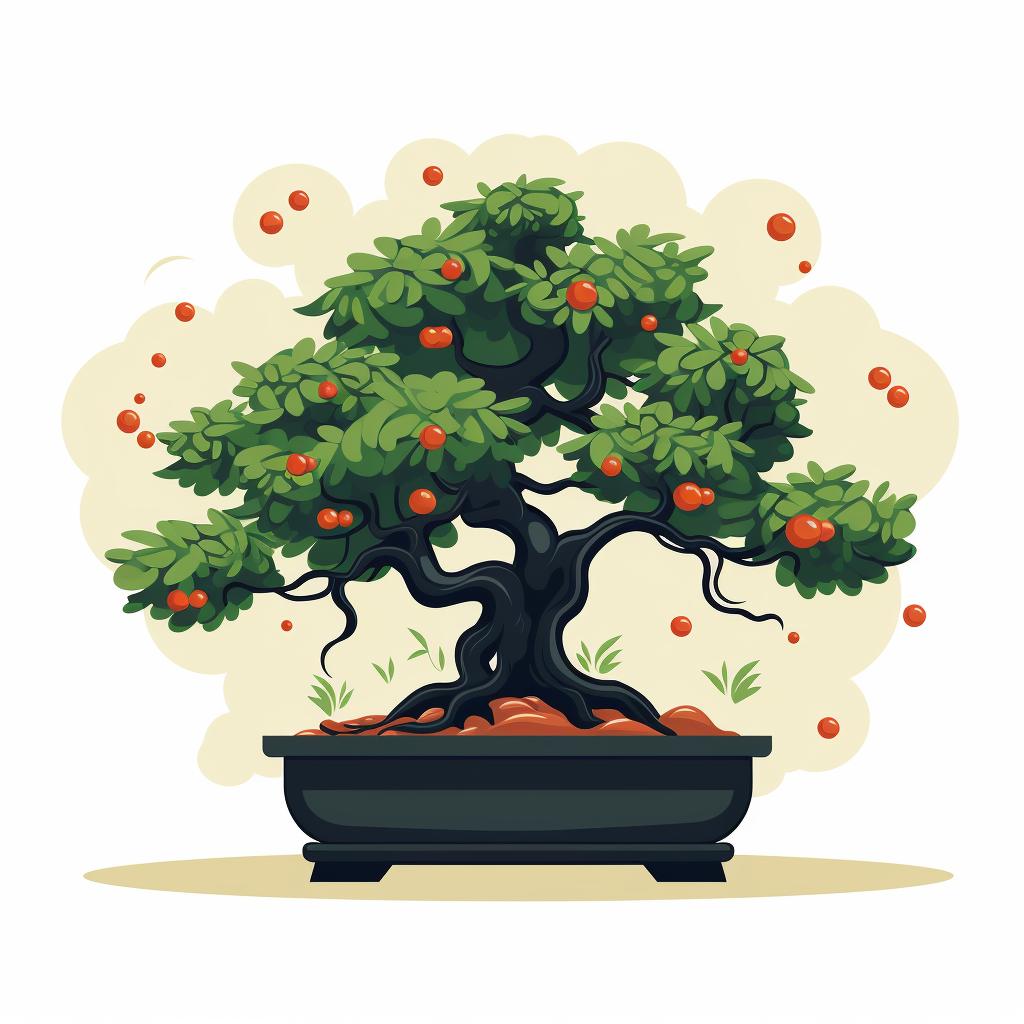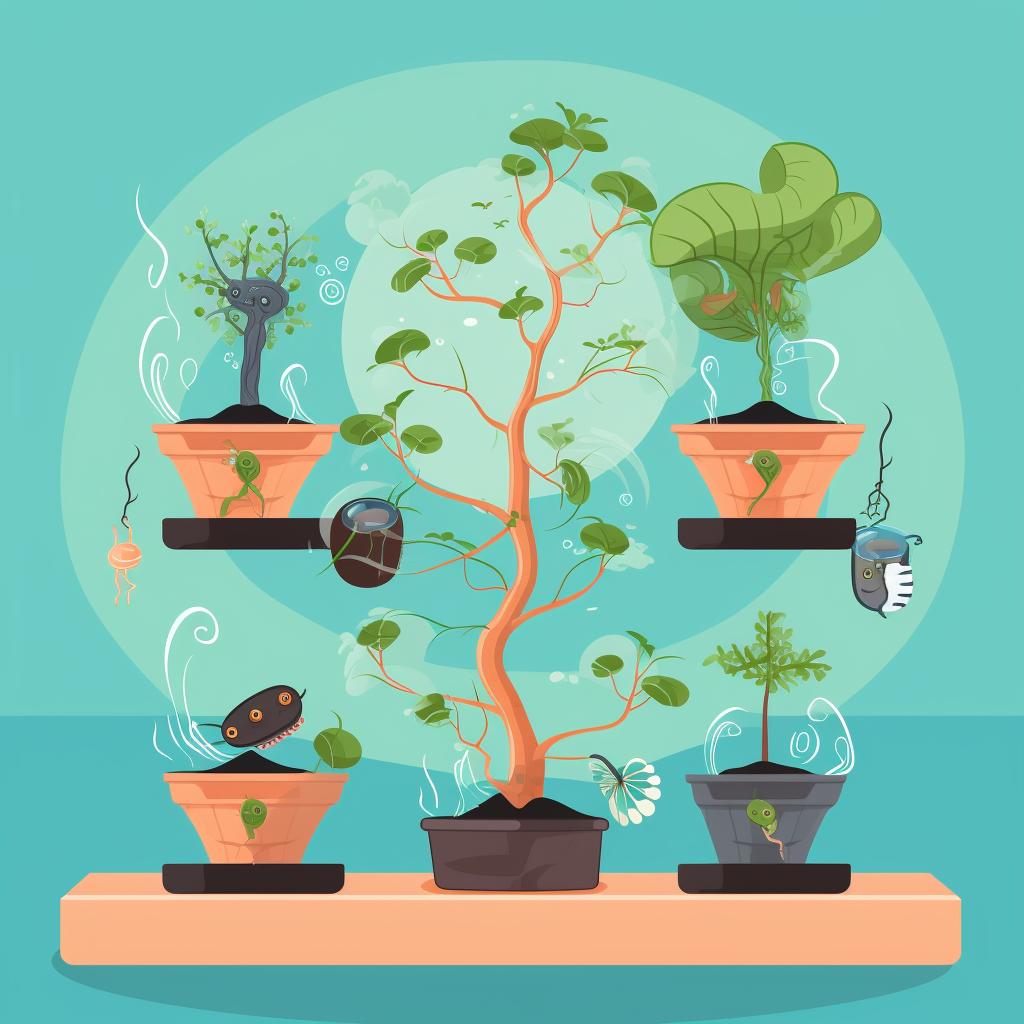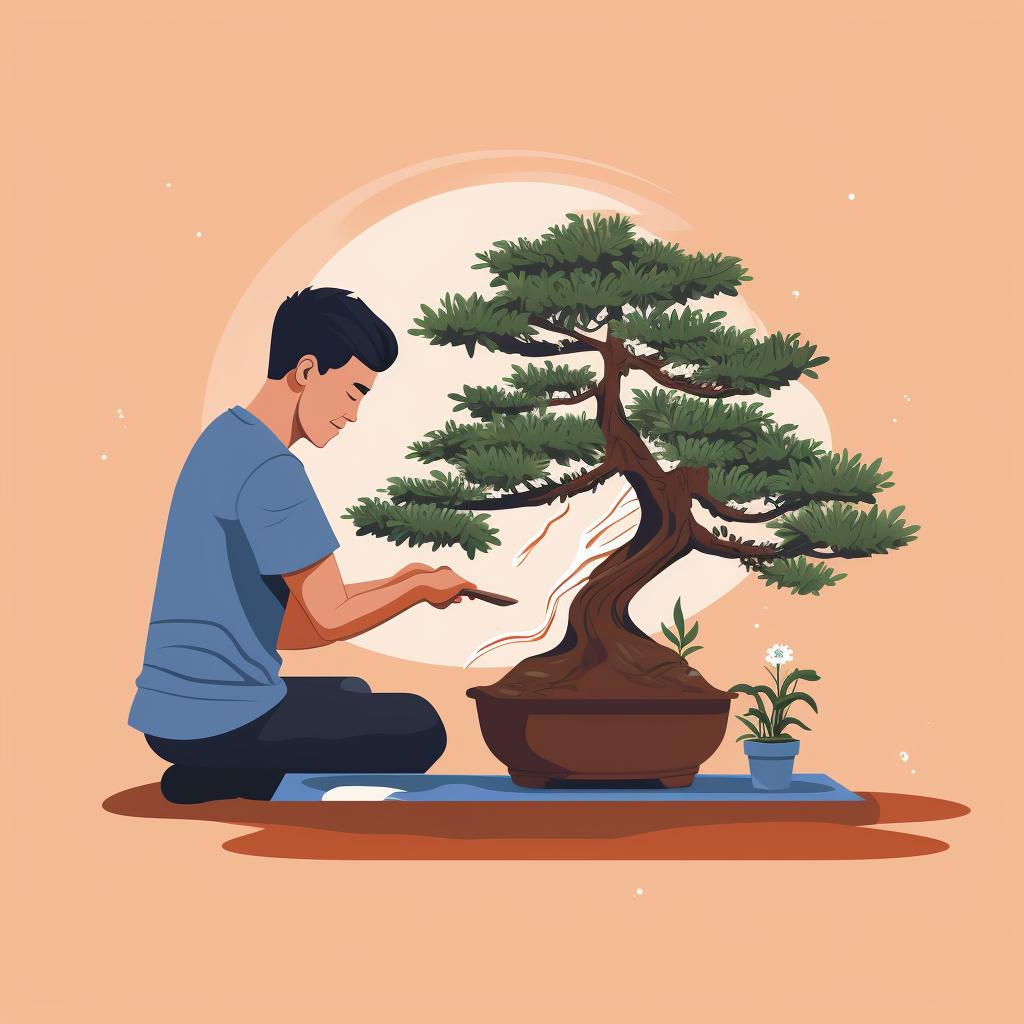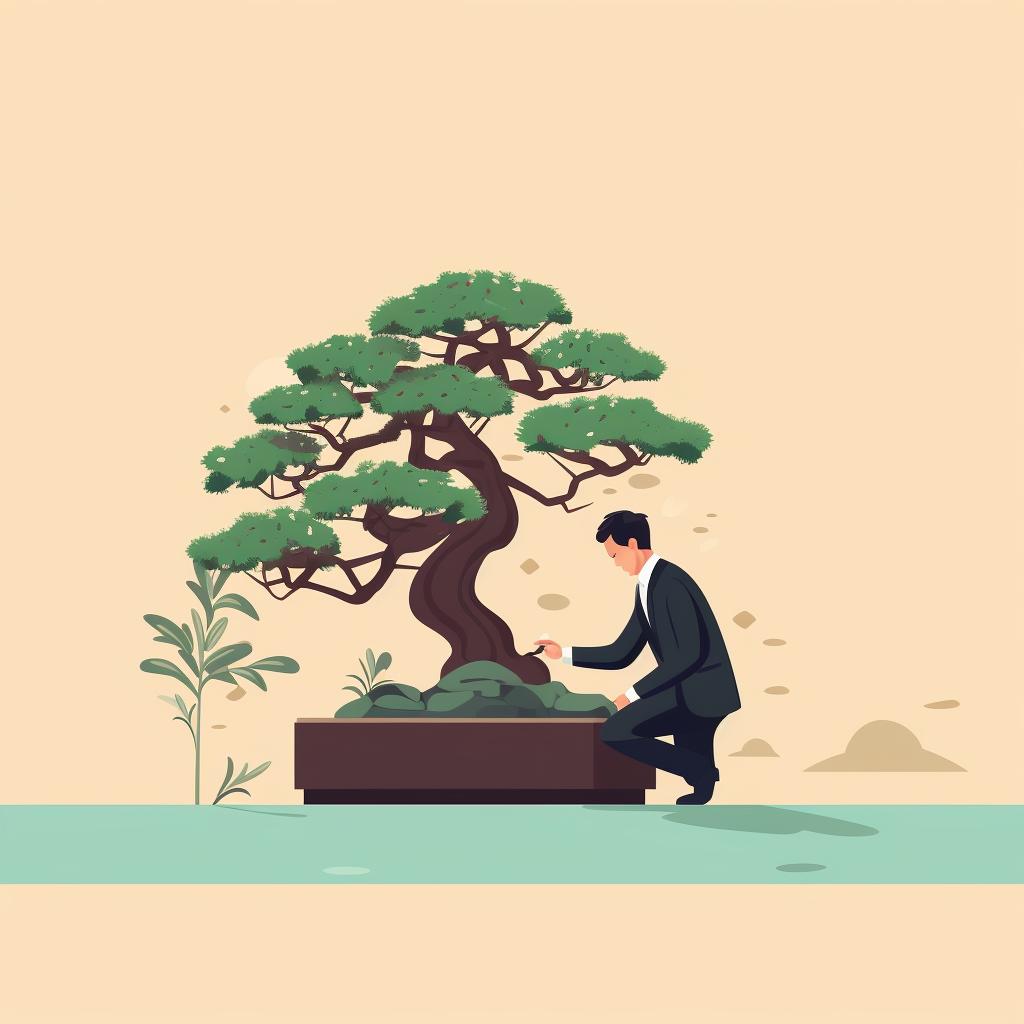Hiroshi Takahashi is a bonsai master from Kyoto, Japan. With over 30 years of experience in the art of bonsai, Hiroshi has dedicated his life to the cultivation and preservation of these miniature trees. He has traveled the world, sharing his knowledge and passion for bonsai with enthusiasts and beginners alike.
Hello fellow bonsai enthusiasts! Today, we're going to delve into the world of common bonsai pests and diseases, and more importantly, how to treat and prevent them. This knowledge is indispensable for successful bonsai tree care and maintenance.
Spotting the Unwanted Guests: Bonsai Pests and Diseases🔍
Let's start by discussing some of the most common issues your bonsai tree might face. Insects and diseases can pose a significant threat to the health of your miniature tree. Here are the most frequently encountered culprits:
Now that we've discussed the common issues your bonsai tree might face, let's delve into some frequently asked questions about these pests and diseases.
Understanding these common pests and diseases is the first step towards protecting your bonsai tree. Remember, early identification and treatment are crucial in maintaining the health of your bonsai tree.
Identifying these pests and diseases early is crucial in protecting your bonsai tree. Regular and careful inspection can help you catch any problems before they become severe.
Healing Your Bonsai: Effective Treatments for Pests and Diseases🩺
Once you have identified a problem, the next step is treatment. Depending on the severity and type of infestation or disease, different treatments may be required. For instance, a mild soap solution can help control pests such as aphids and spider mites, while fungal diseases often require specific fungicides.
Now, let's dive into the step-by-step process of treating these common bonsai tree diseases and pests.
Learn more about 🌿 Treating Bonsai Tree Diseases and Pests: A Step-by-Step Guide 🐛 or discover other Bonsai for Beginners guides.
Remember, the health of your bonsai tree is paramount, so don't hesitate to seek professional advice if needed. With patience and care, you can overcome these common bonsai tree diseases and pests and keep your bonsai tree healthy and thriving.
Remember, the health of your bonsai tree is paramount, so don't hesitate to seek professional advice if needed. You can also refer to our comprehensive guide on how to deal with spider mites on bonsai trees for more specific information.
Guarding Your Bonsai: Proactive Steps to Prevent Pests and Diseases🛡️
Prevention is always better than cure. Good bonsai tree care practices can help prevent many common pests and diseases. Here are some tips:
To help you in your bonsai tree care journey, we've compiled a checklist of preventive measures. These steps will help you ward off many common pests and diseases:
By diligently following these preventive measures, you'll be able to maintain a healthy environment for your bonsai tree and keep it thriving.
By following these preventive measures, you can maintain a healthy environment for your bonsai tree and ward off many common pests and diseases. For more information on bonsai tree care, check out our article on bonsai care essentials.
For a more visual understanding of these preventive measures and how to deal with common pests and diseases, you can watch the following video.
The video above provides a comprehensive guide on how to keep your bonsai tree healthy and free from pests and diseases. Remember, bonsai is not just about growing a tree; it's about forming a bond with nature and nurturing a living piece of art.
Remember, bonsai is not just about growing a tree; it's about forming a bond with nature and nurturing a living piece of art. So, don't be disheartened by these challenges. Instead, view them as opportunities to learn and grow in your bonsai journey. Happy bonsai gardening!

























